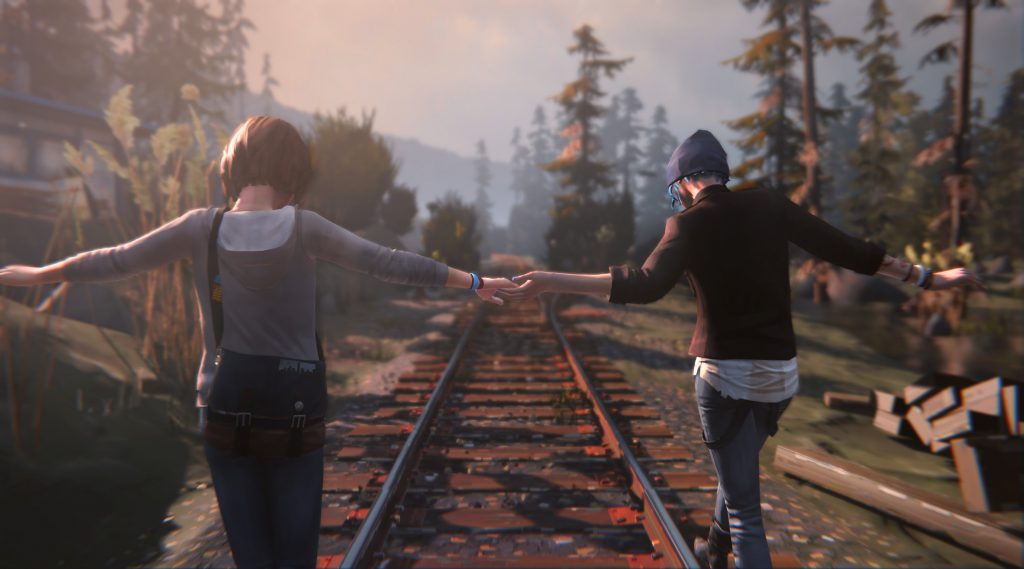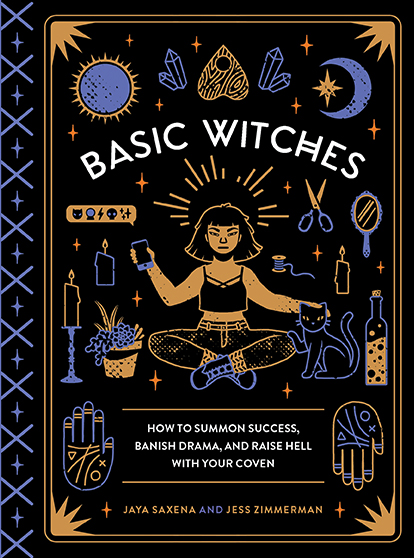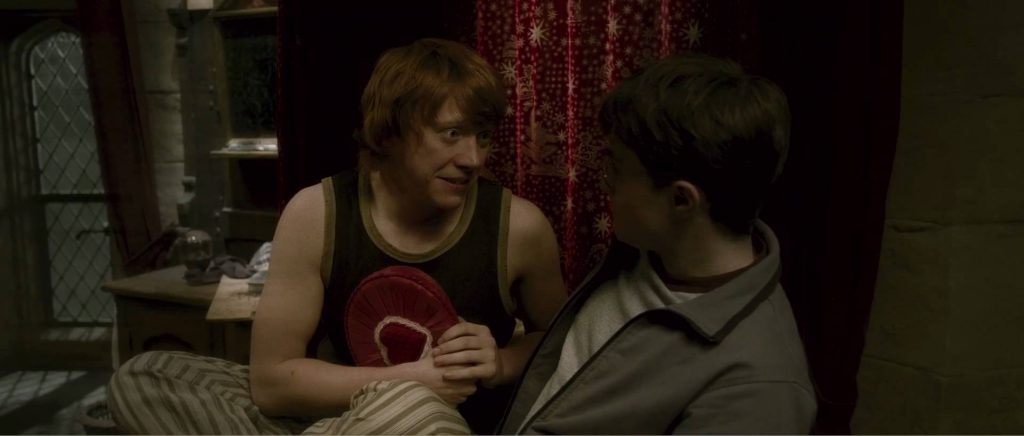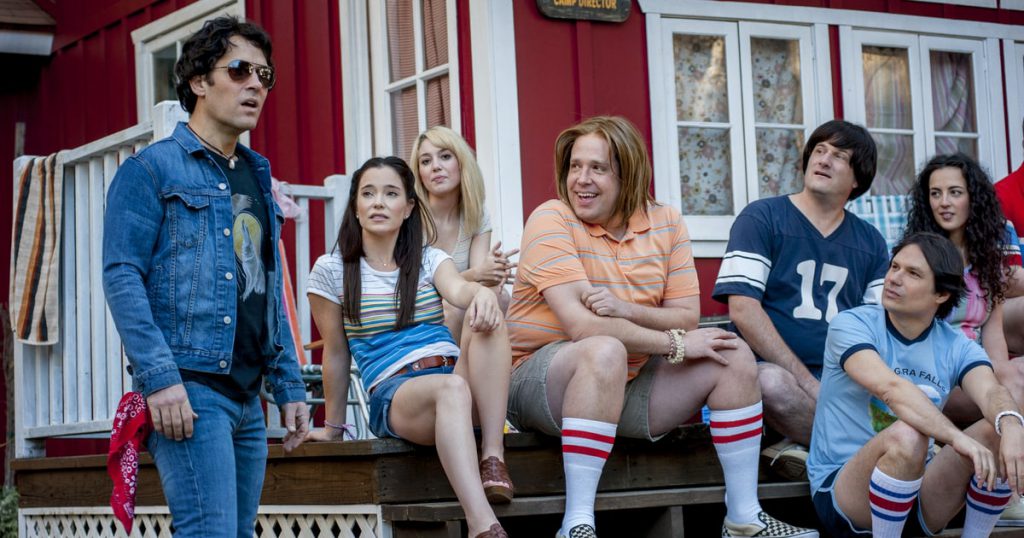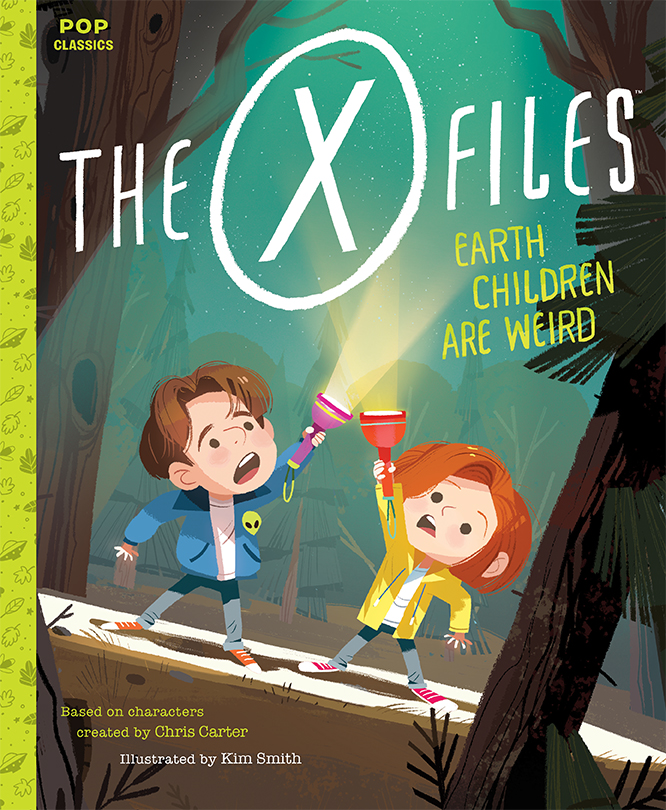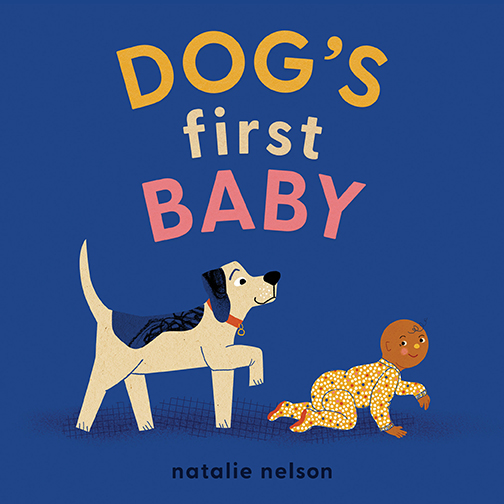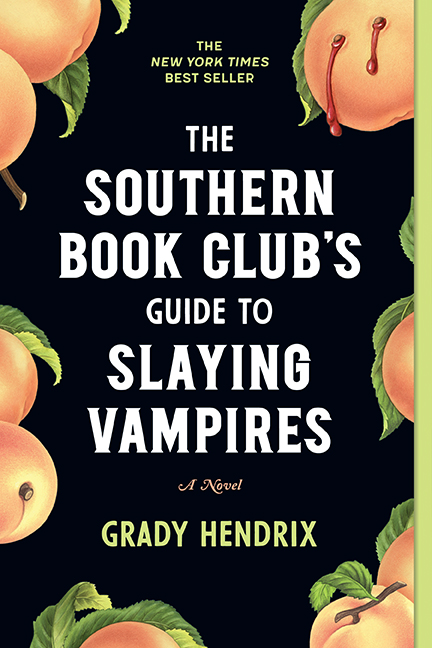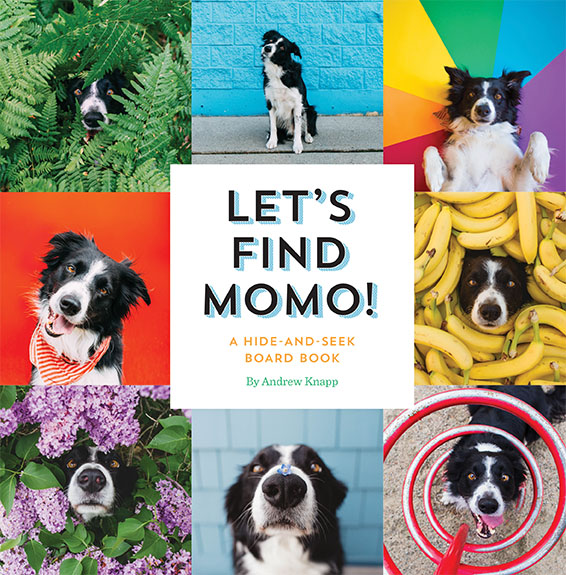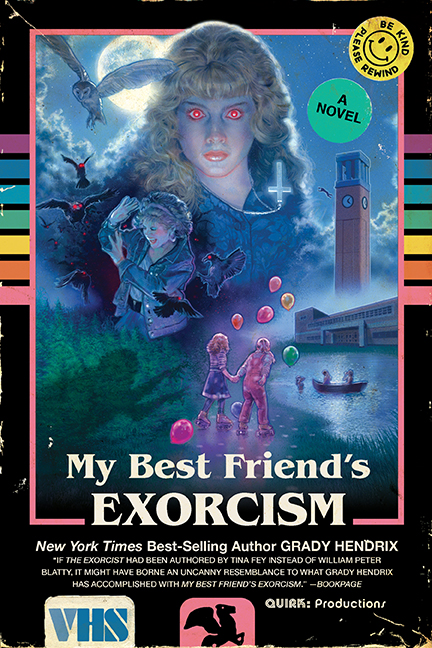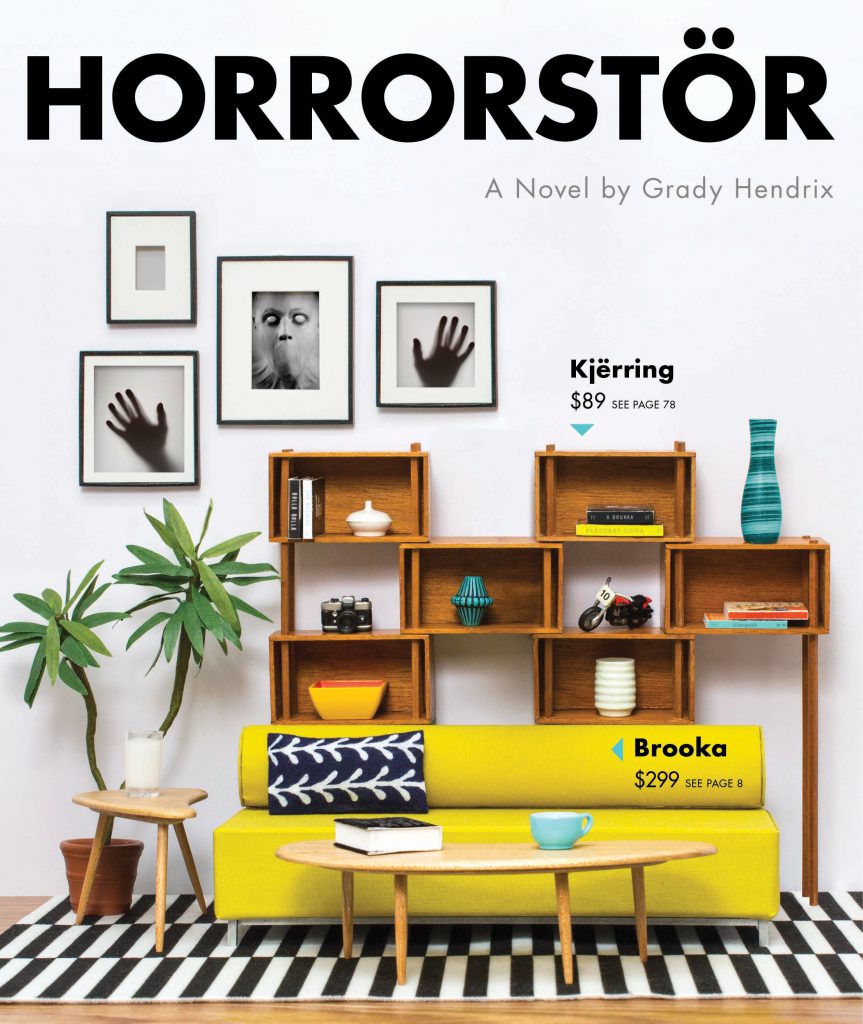Our Blog
6 Literary Characters Who Should’ve Been Able to Rewind Time
[Video game still from Life is Strange, Dontnod Entertainment and Square Enix]
It’s August 31, which means that Life is Strange: Before the Storm is upon us! This prequel to one of 2015’s breakout video games, Life is Strange, tells more of Chloe Price’s story. If you played LiS, you probably remember this blue-haired rebel, whom protagonist Max Caulfield saves from a murderous prep schooler by rewinding time.
LiS is all about Max and Chloe’s exploration of Max’s new powers, which come in handy for the pair. They’re searching for Chloe’s friend Rachel, but ultimately dig up way more dirt than they intended on the small town of Arcadia Bay…which puts them in danger. Often.
As we waited for Before the Storm, we got to thinking: what other characters would’ve benefited from Max’s powers? Plenty, we realized. Here are six characters whose lives would have been much easier if they’d just been able to travel a few minutes into the past.
Posted by Elizabeth Ballou
Dream Girl Covens in Pop Culture
We have apps that tell us where the moon is in its rotation and offer our friends sage with a straight face. We put our best ladies first and are glued to Jaya Saxena and Jess Zimmerman’s Twitter feeds. We are the Basic Witches Jaya and Jess write about in their new book, aptly subtitled “How to summon success, banish drama, and raise hell with your coven.” To celebrate this book’s release, here are five of our favorite covens in pop culture.
Posted by Danielle Mohlman
Literary Treasures for Chloe from Uncharted
Move over Nathan Drake, there’s a new treasure hunter in town! Chloe’s got her heart set on uncovering ancient secrets, and we’re pretty sure she would also love to get her hands on some of these literary treasures.
Posted by Sandra Woolf
Sidekicks People Like Better Than the Main Character
Let’s be honest. Sometimes the main character in a book (or movie) just doesn’t measure up next to their sidekick(s). Sidekicks are the unsung heroes of lots of stories; they’re the comedic relief, the voice of reason, the support without which main characters likely couldn’t do what they have to do to bring a story to its conclusion. So today, let’s acknowledge some of our favourite literary (and movie) sidekicks.
Posted by Bree Crowder
Your Wet Hot American Summer: 10 Years Later TBR
Our favorite camp counselors are back! As the Wet Hot American Summer characters return to Camp Firewood for a ten-year reunion, we can’t help but wonder what reading material they packed for those long 1991 internet-less nights. While they were catching up, we snuck into their cabins and riffled through their suitcases. Here’s what they’re reading.
Posted by Danielle Mohlman
The Truth Is Out There (In the Backyard!)
X-Files Illustrator Kim Smith Talks with Quirk Publisher Jason Rekulak
Quirk Books Publisher Jason Rekulak collaborated with illustrator Kim Smith on her best-selling picture book adaptation of Home Alone, and he was thrilled to re-team with her on an adaptation of The X-Files. They chatted recently about how this otherworldly picture book came together.
JR: Were you a fan of The X-Files as a kid?
KS: Growing up, I was obsessed with everything paranormal. I loved ghosts, aliens, any sort of unsolved mysteries. But I was just seven years old when The X-Files premiered, so I wasn’t allowed to watch the early episodes (because they would have given me nightmares!). Luckily, the show was a hit, so I did catch episodes in the later seasons during their first run.
JR: Any particular favorites?
KS: The episode I remember most was about a virus that made your head explode [“Drive,” Season 6, Episode 2; the episode was directed by Vince Gilligan and starred Bryan Cranston, who would later team up on Breaking Bad]. It stuck with me for years, and it was fun to see it again when I watched the series as an adult (thanks, Netflix!).
JR: How did you go about imagining/illustrating Dana Scully and Fox Mulder as children?
KS: I wanted to make sure you could identify them as the characters from the show, but I didn’t want them to resemble bobble-heads or mini-versions of the adult Dana and Fox. I wanted them to look like real kids. Their iconic hairstyles helped a lot. I also gave Fox an alien pin to show his love of the paranormal. (I wanted to squeeze an “I Want to Believe” poster into one of the illustrations, but I could never find the right place.)

Early character sketches of Fox Mulder (top) and Dana Scully (below).
JR: Can you tell us a little about your process?
KS: Once I have a final manuscript and approved character designs, I start a series of rough thumbnails. They’re small and scribbly so I can work quickly; I like to put down as many ideas as possible to find the best compositions. I try lots of variations: I move the characters around, sketch the scene from different angles, and play with lighting to find the right fit. When the thumbnails are finished, I select the best compositions for each page and then put them together into a little book to make sure everything is reading clearly.

We made a few tweaks to these sketches and eventually decided to eliminate all the narration (because 90% of the story is Dana and Fox talking, anyway). That required me to move the dialogue into speech bubbles. My next round of sketches is a lot tighter and includes details that appear in the final artwork:

Once these sketches are approved, it’s time for color. This is my favorite part. The story takes places in the fall, at night, in a backyard. I wanted to make sure to use some fall colors and I also wanted to use colors that would showcase any bright green aliens you might find in the scenes. What ended up working best was a yellow/blue-green palette with highlights of green in key places.

JR: What was the greatest challenge of working on this book?
KS: Making sure the illustrations were something fans would love, but also making sure the art worked for young readers unfamiliar with the TV series.
JR: You created a terrific process video that documents your work on the cover. Can you tell us what we're seeing here? Also, can you explain why the image in the video starts with blue and purple trees? I just assumed you went straight from black-and-white sketches to final colors.
KS: I use a technique called flatting – a lot of digital artists use it. You don’t see the earliest parts of the process in this video so I’ll describe it. I start by painting all the different shapes that make up the characters (face, clothing, hair, eyes, etc.) and the setting (the house, trees, and tent) on different layers in Photoshop. This makes it easier to return and paint in details while keeping the shapes of the objects intact. When you’re using this technique, the bright colors make it much easier to see the different shapes against each other, and it helps me see everything is separated. I can also work faster when I’m not thinking about color quite yet. Once all that work is done, I’ll start putting in the colors. This is where I figure out the tone and lighting for the illustration. Once I’m happy with the color, I’ll paint in the details. I love to use digital paintbrushes that mimic gouache painting (shout-out to Kyle Brush!). When everything is nearing the finish line, and most of the painting is done, I’ll add a bit of extra lighting and atmosphere to make the cover feel really spooky and mysterious. And, lastly, I hand-lettered the title with the help of a few guidelines to make sure everything was straight.
JR: One more question (I can't resist!): Is there extra-terrestrial life in the universe?
KS: Definitely! But whether or not that life has visited Earth is another question…
Posted by Kim Smith
